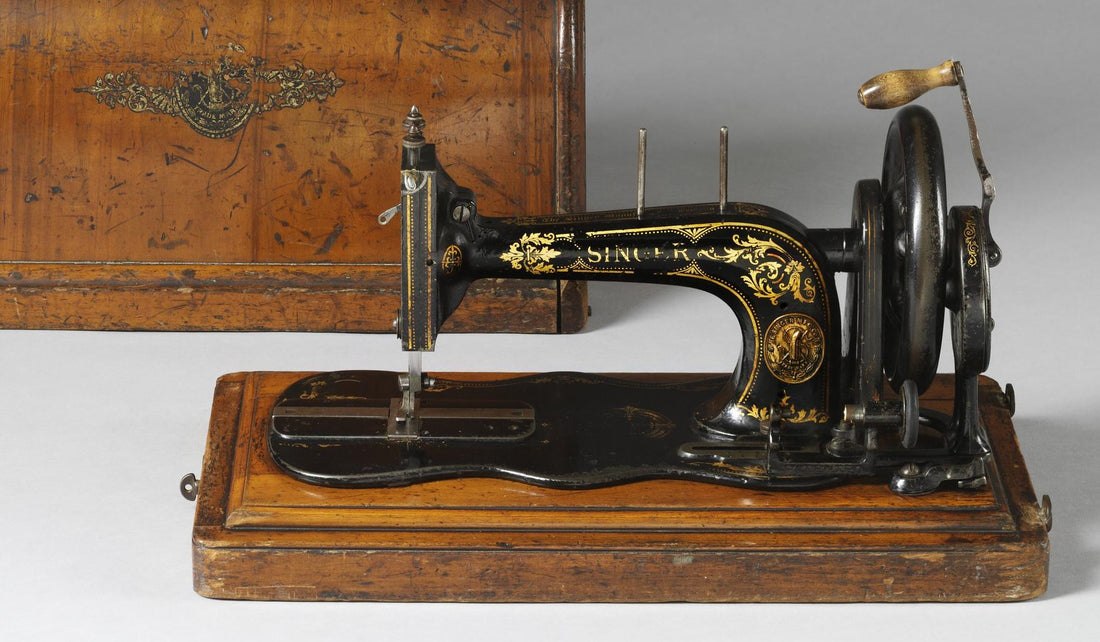
Sold Out Singers

Image: 'New Family' sewing machine (model 12/12k), Singer Manufacturing Company, 1888 (c) Victoria & Albert Museum.
The V&A has been compiling and considering a collection of objects that have taken on new meaning during the pandemic. Here we repost an extract of a recent article about sewing machines from the gallery’s Pandemic Object series, by Becky Knott, Lead Curator at the V&A East Collections Research Centre. "Over the last few months, COVID-19 has fuelled temporary scarcities of some household items such as toilet roll, pasta and flour. These widely reported supermarket rushes provide a unique snapshot into a certain consumer psychology playing out during this period. Less discussed however, but equally insightful, is the recent scarcity in beginner’s sewing machines. From a quick online search, sewing machines are currently out of stock – or in very limited availability – from most major UK suppliers, as many people have sought to buy one during lockdown."

Image: Postcard advertising Singer Sewing Machines, part of a series that depicted couples from around the world, distributed at the World Columbian Exposition in Chicago in 1893. US Library of Congress.
"The sewing machine has gone in and out of fashion over the course of its two-century existence. Its obstinate survival today, however, has allowed for an incredible boom in home-sewing activity, and the machine has arguably never been more popular. This unexpected phenomenon sheds some light into our evolving domestic behaviours and how some people are prioritising time, while emphasising the social significance of craft and the sense of community that making continues to offer despite social distancing."

Image: From "Columbus, Ohio: its history, resources, and progress. With ... illustrations", 1874, British Library Archive.
"The sewing machine was first introduced as a mass-produced commodity to households in America in the 1850s. It was heralded as a mechanical wonder and great labour-saving device that would transform the lives of women who were often responsible for making and re-making family wardrobes and household furnishings. However, the cost of early machines was prohibitive, and in 1860, at a price of $50 to $125 (roughly $1,544 to $3,706 today), it represented a significant portion of the average family’s yearly income. This prompted I.M. Singer & Co. (later to become the sewing machine giant Singer) to introduce a hire-purchase plan that enabled households to take a machine home for $5 ($154 today). Decades before Henry Ford’s 1913 innovation of the moving assembly line, which famously brought down the price of automobiles, sewing machine companies were feverishly competing with each other to rationalise production and make their machines more affordable. Today a sewing machine can be purchased from as little as £33.00 from the likes of John Lewis, Lidl and Hobbycraft."
To read the full article visit www.vam.ac.uk.
